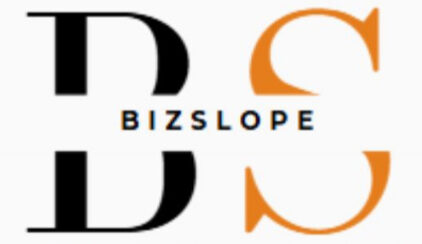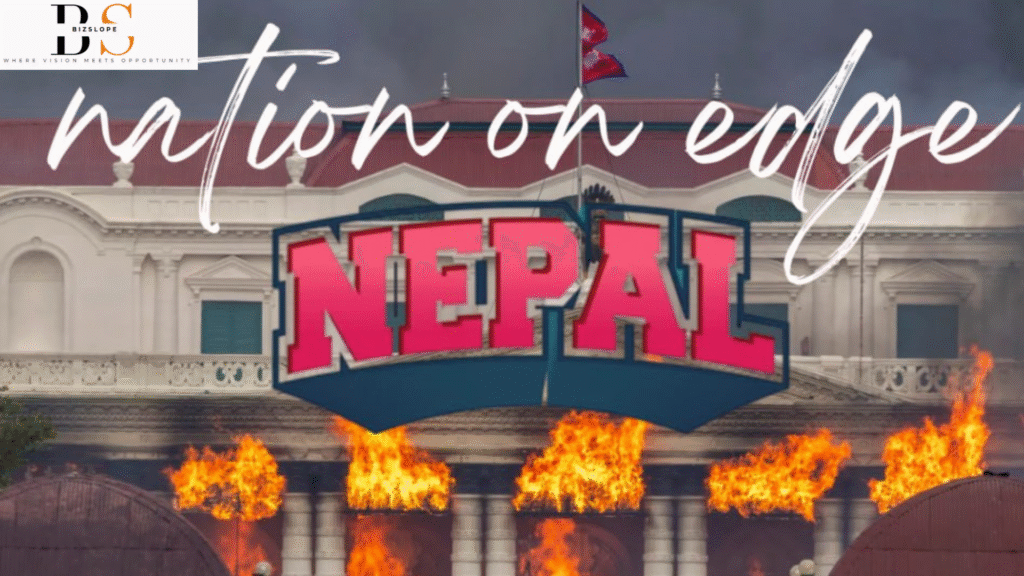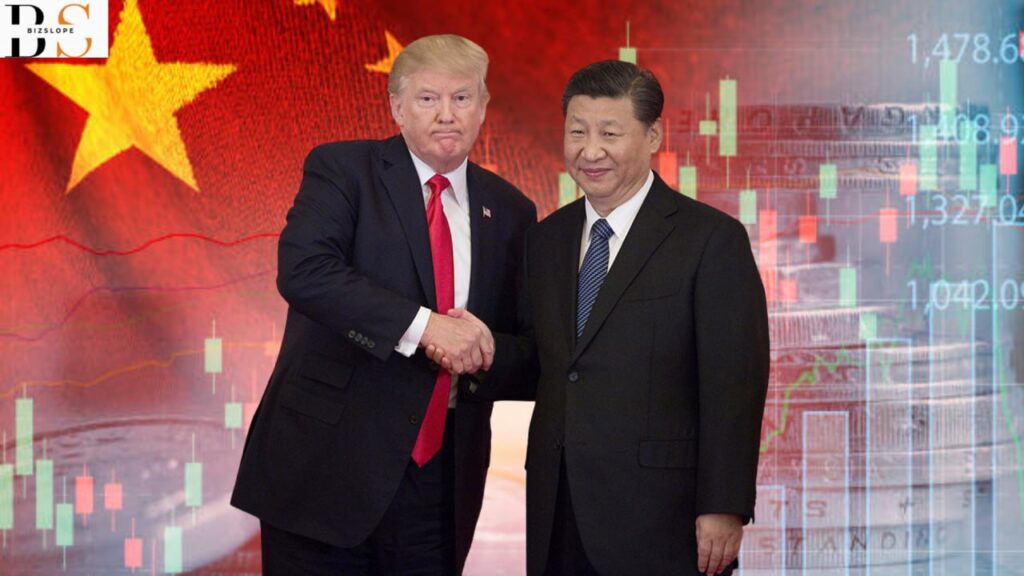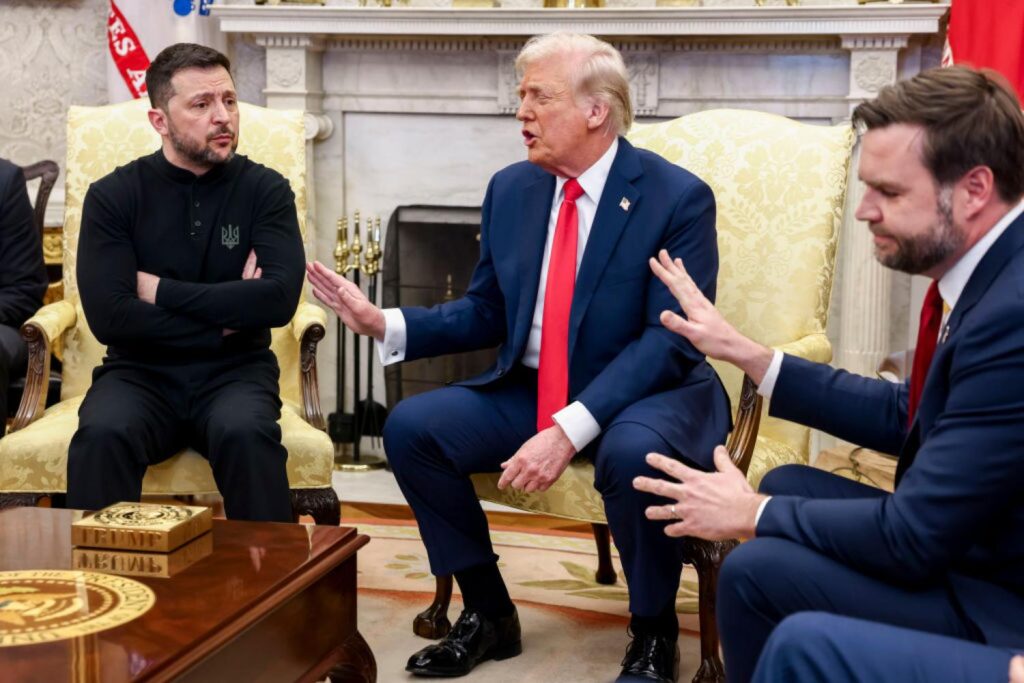Nepal is facing significant political unrest following a government-imposed ban on 26 major social media platforms. What began as a digital crackdown has evolved into a nationwide movement, challenging corruption and demanding democratic reforms.
The Cause: Government Mandates and Platform Non-Compliance
On August 17, 2025, Nepal’s Supreme Court issued a directive requiring all online platforms—domestic and foreign—to register with the Ministry of Communications and Information Technology. The mandate aimed to combat cybercrime, misinformation, and hate speech by enforcing accountability measures, including appointing local liaisons and grievance officers.
Despite repeated requests, major platforms like Meta (Facebook, Instagram, WhatsApp), YouTube, X (formerly Twitter), and Reddit failed to comply with the registration deadline of September 4. The government responded by blocking these platforms nationwide.
The Impact: Disruption and Digital Resistance
The ban disrupted communication, business operations, and access to information for millions of Nepalis. Social media had become essential for entrepreneurship, particularly in tourism and e-commerce.
In response, a youth-led movement, called the “Gen Z Revolution,” emerged. Using remaining platforms like TikTok and Discord, protesters coordinated demonstrations and shared updates. The movement expanded into a broader call for political accountability and anti-corruption reforms.
The Protests: Escalation and Tragedy
Protests erupted across major cities, with Kathmandu experiencing the most intense clashes. Demonstrators stormed government buildings, set fire to the Singha Durbar complex, and clashed with security forces. The unrest resulted in at least 34 deaths and over 1,300 injuries nationwide.
The violence led to the resignation of Prime Minister Khadga Prasad Sharma Oli and the imposition of curfews in several regions. The Nepal Army intervened to restore order, marking a turning point in the country’s political situation.
Digital Democracy: A New Form of Governance
The youth-led movement turned to digital platforms to facilitate governance. Over 100,000 Nepalis participated in real-time discussions and voting via Discord, forming a virtual “digital parliament.” Former Chief Justice Sushila Karki emerged as a leading figure for interim leadership, chosen through online consensus and AI-assisted decision-making.
This digital experiment has drawn global attention, demonstrating the potential of technology to shape democratic processes.
The Aftermath: Political Transition and Future Prospects
With Prime Minister Oli’s resignation, former Chief Justice Sushila Karki is expected to be appointed as interim Prime Minister to stabilize the country and pave the way for reforms.
The situation remains fluid, with ongoing discussions about constitutional amendments and the role of digital platforms in governance. Nepal’s experience highlights the complex interaction between technology, governance, and public sentiment in the modern age.



